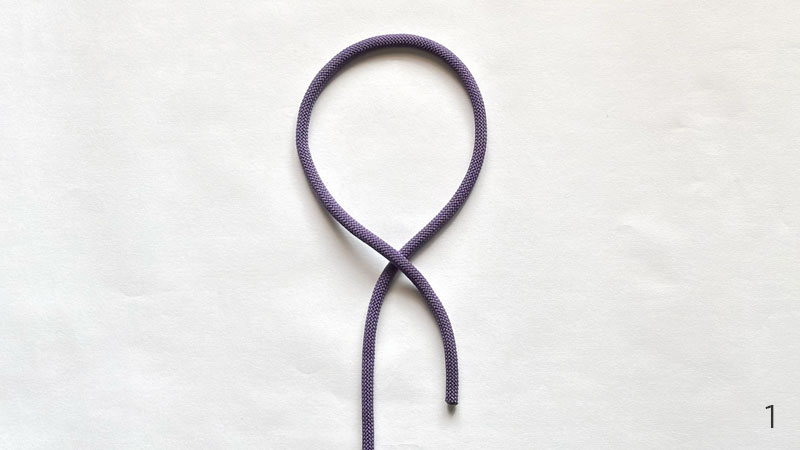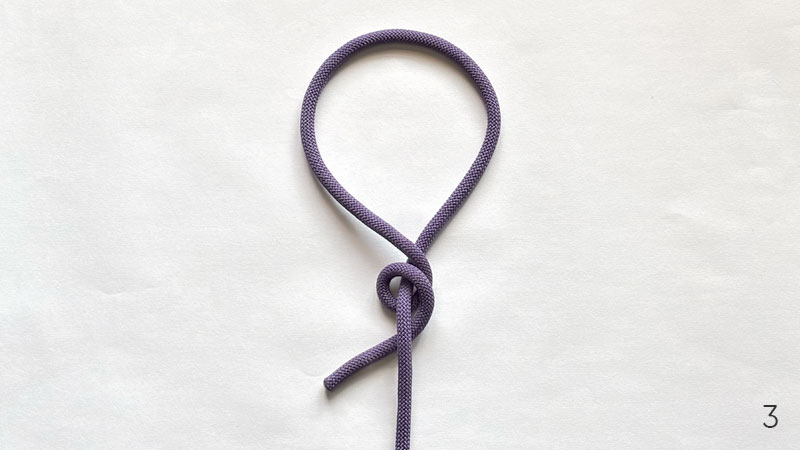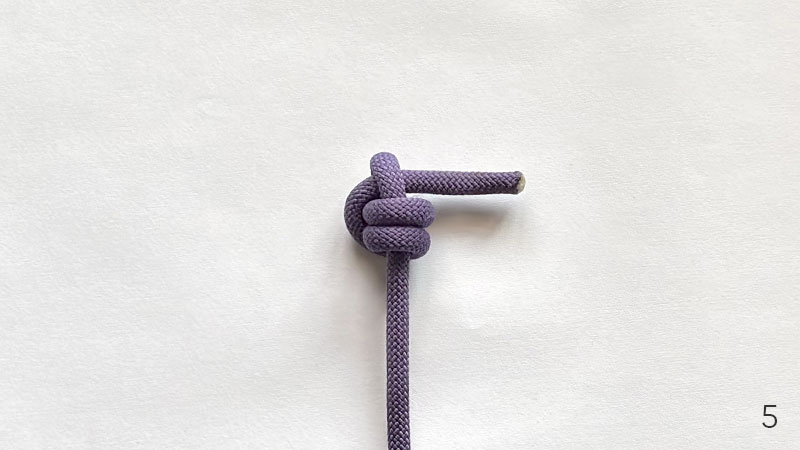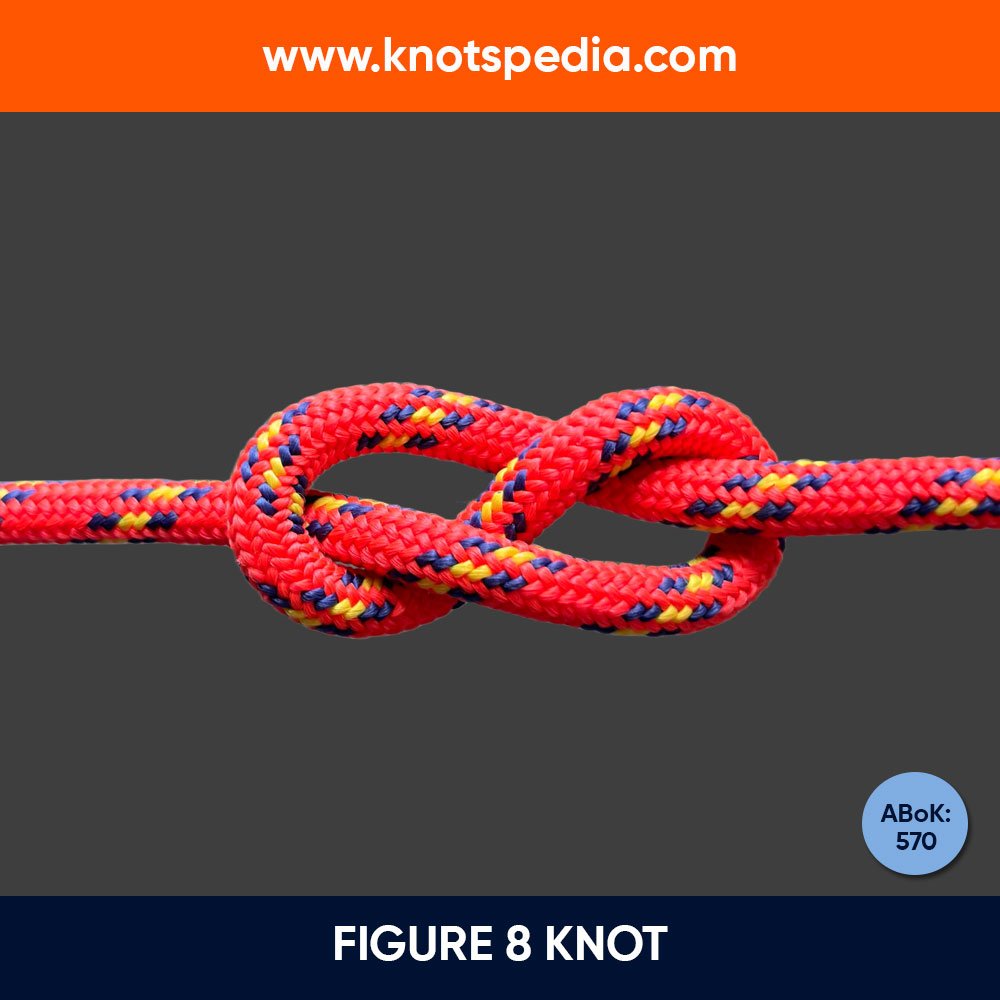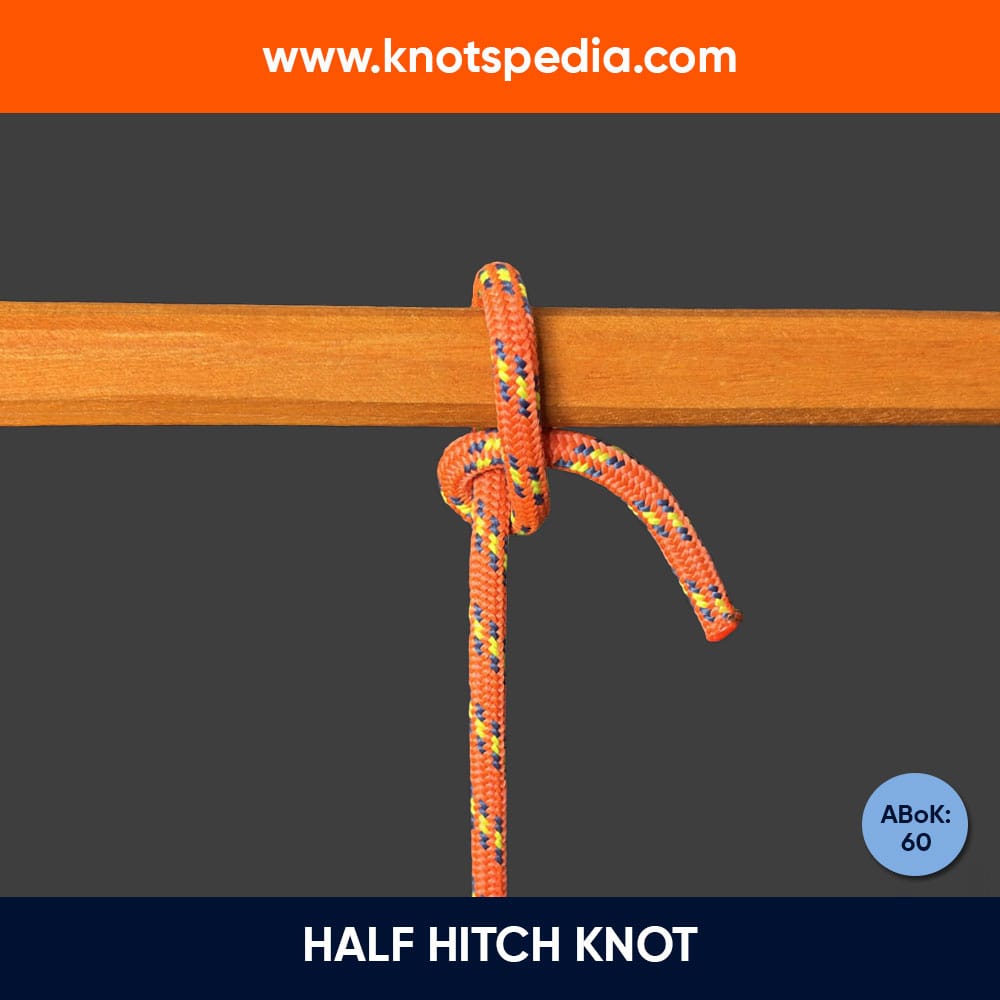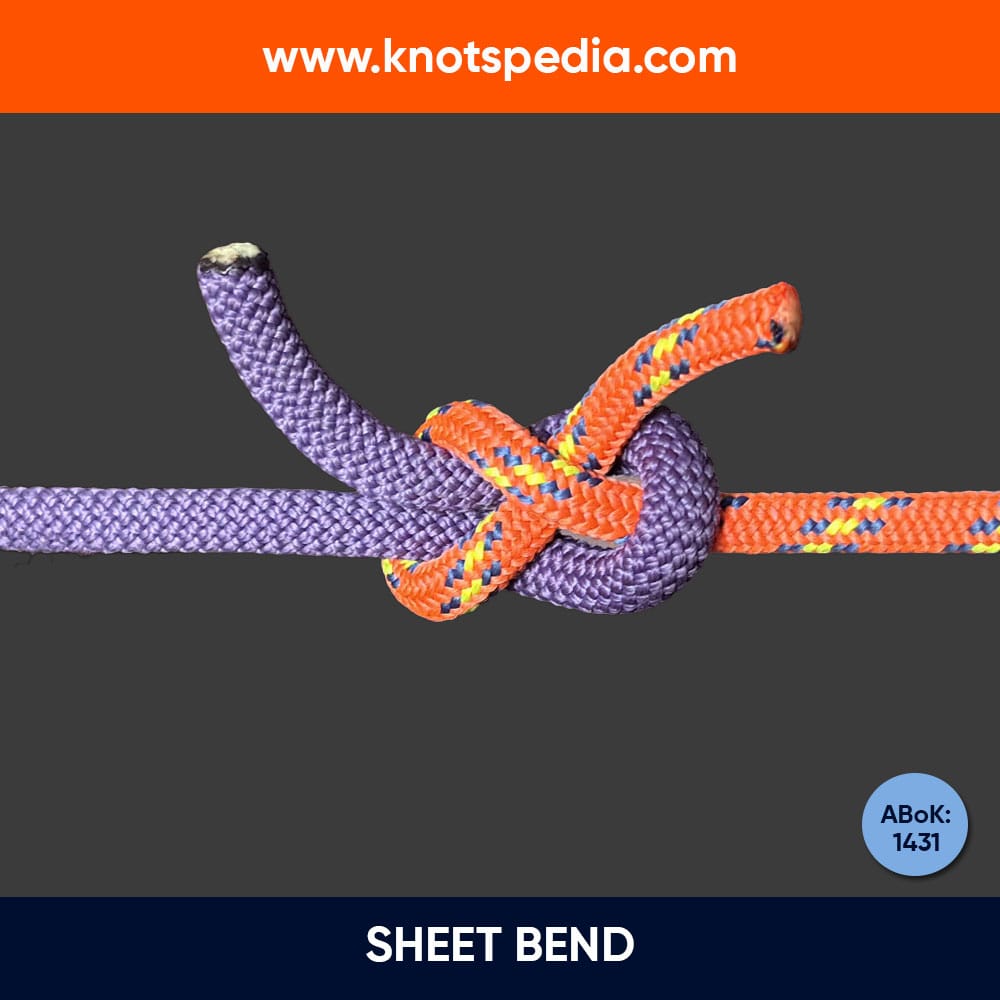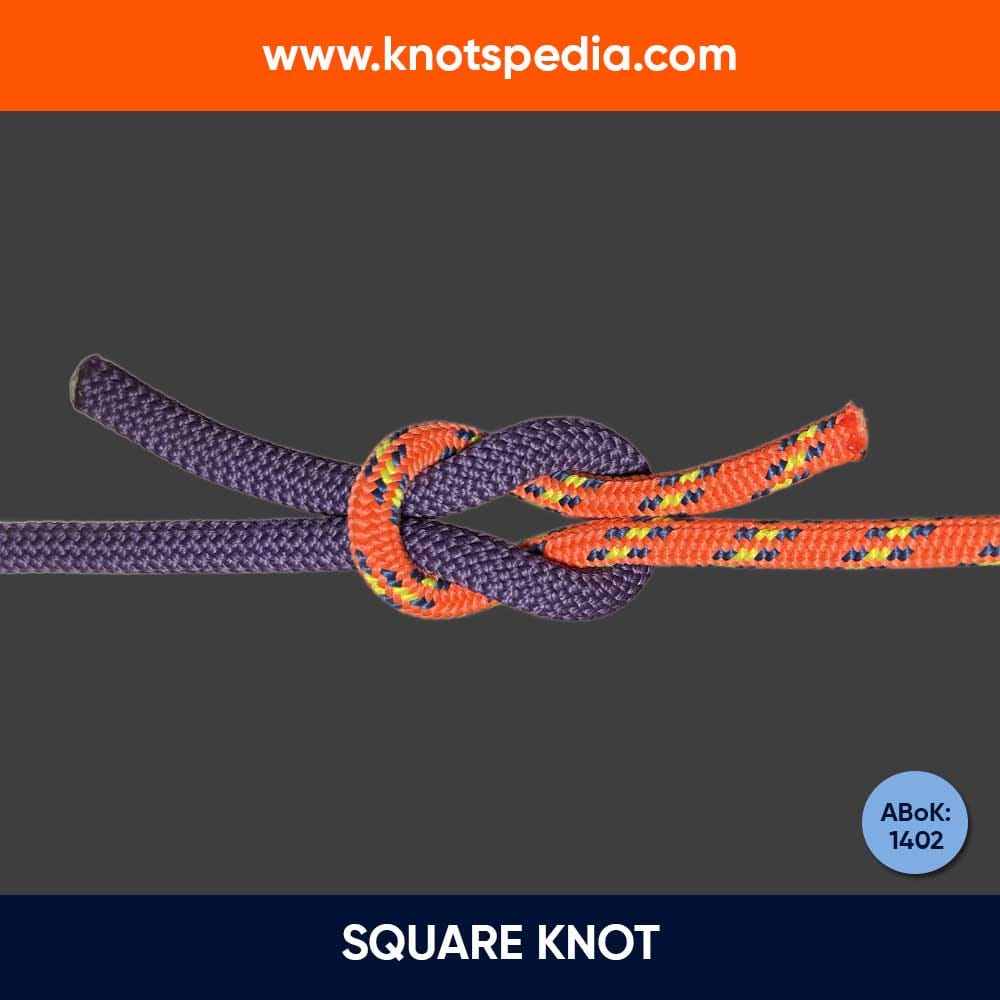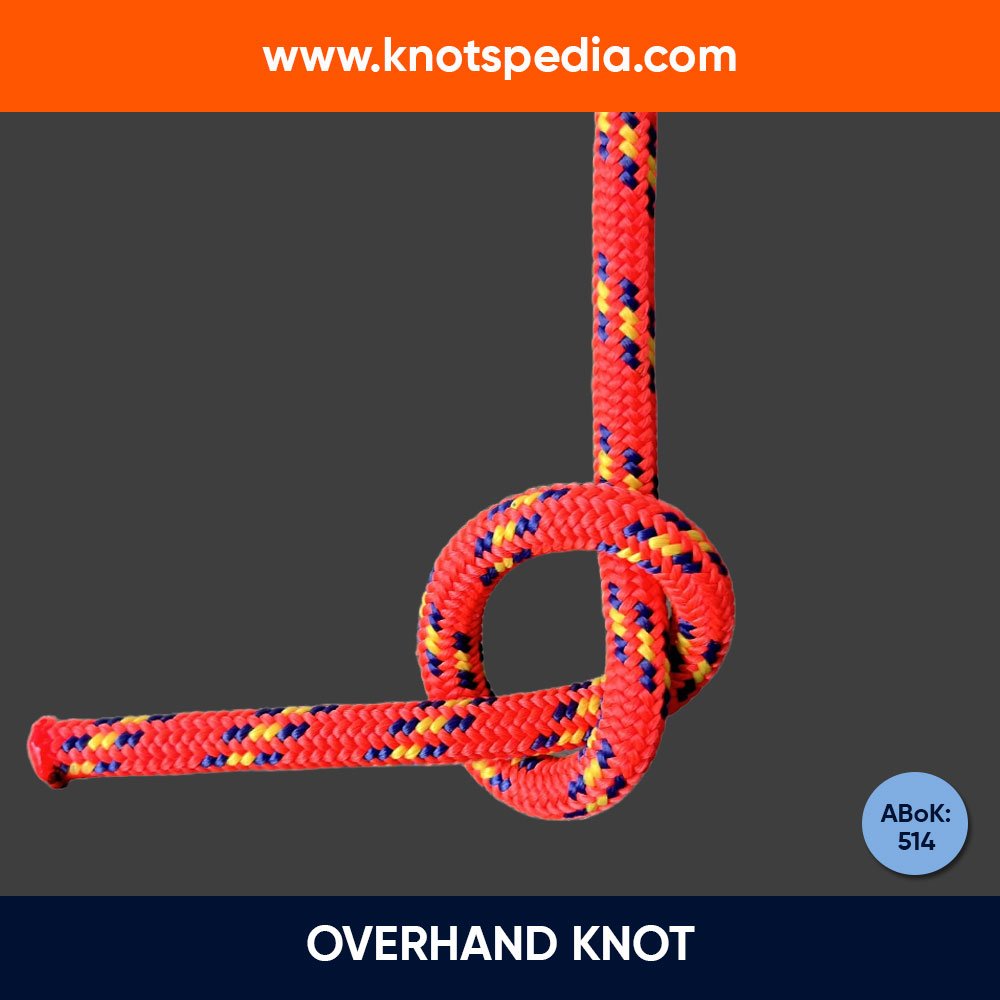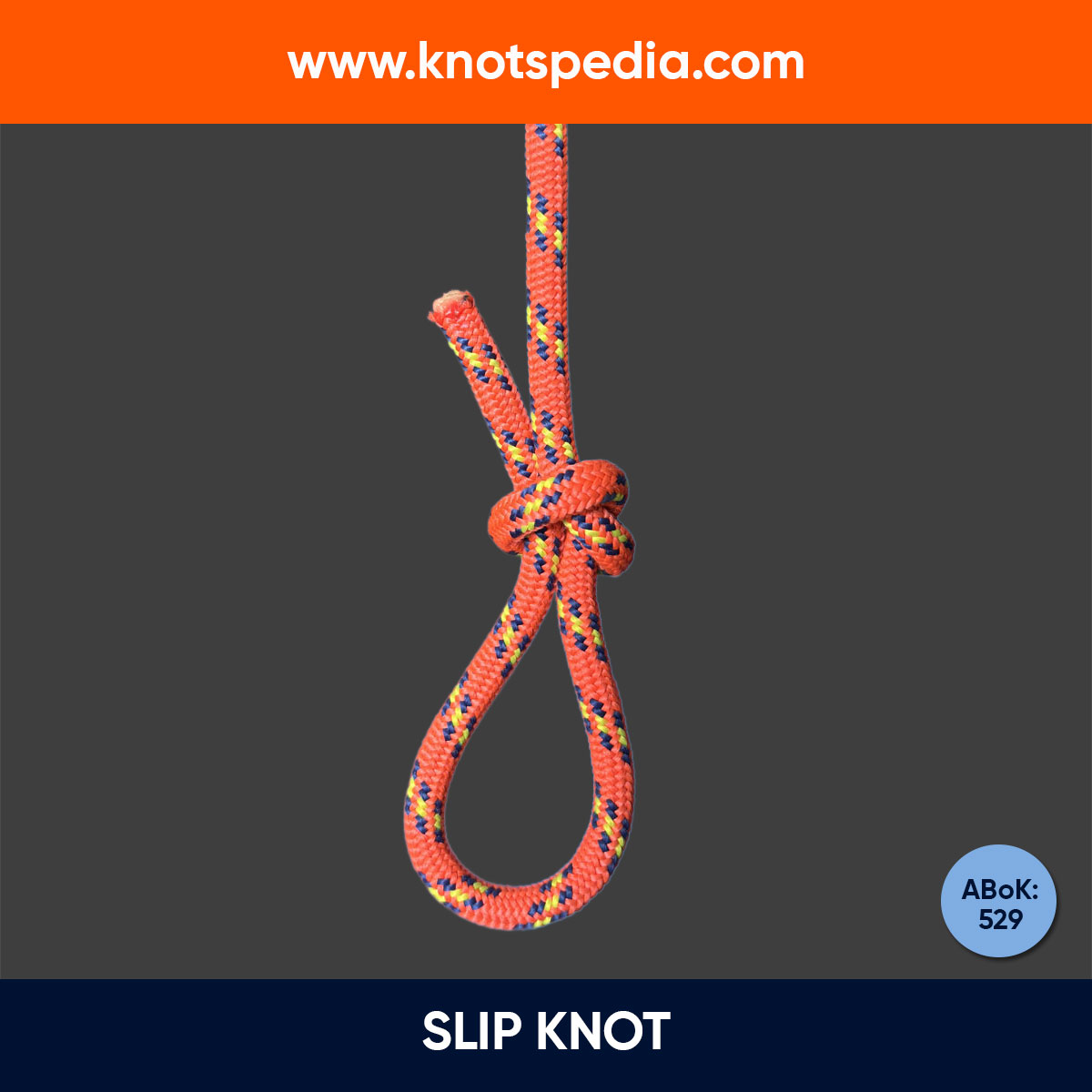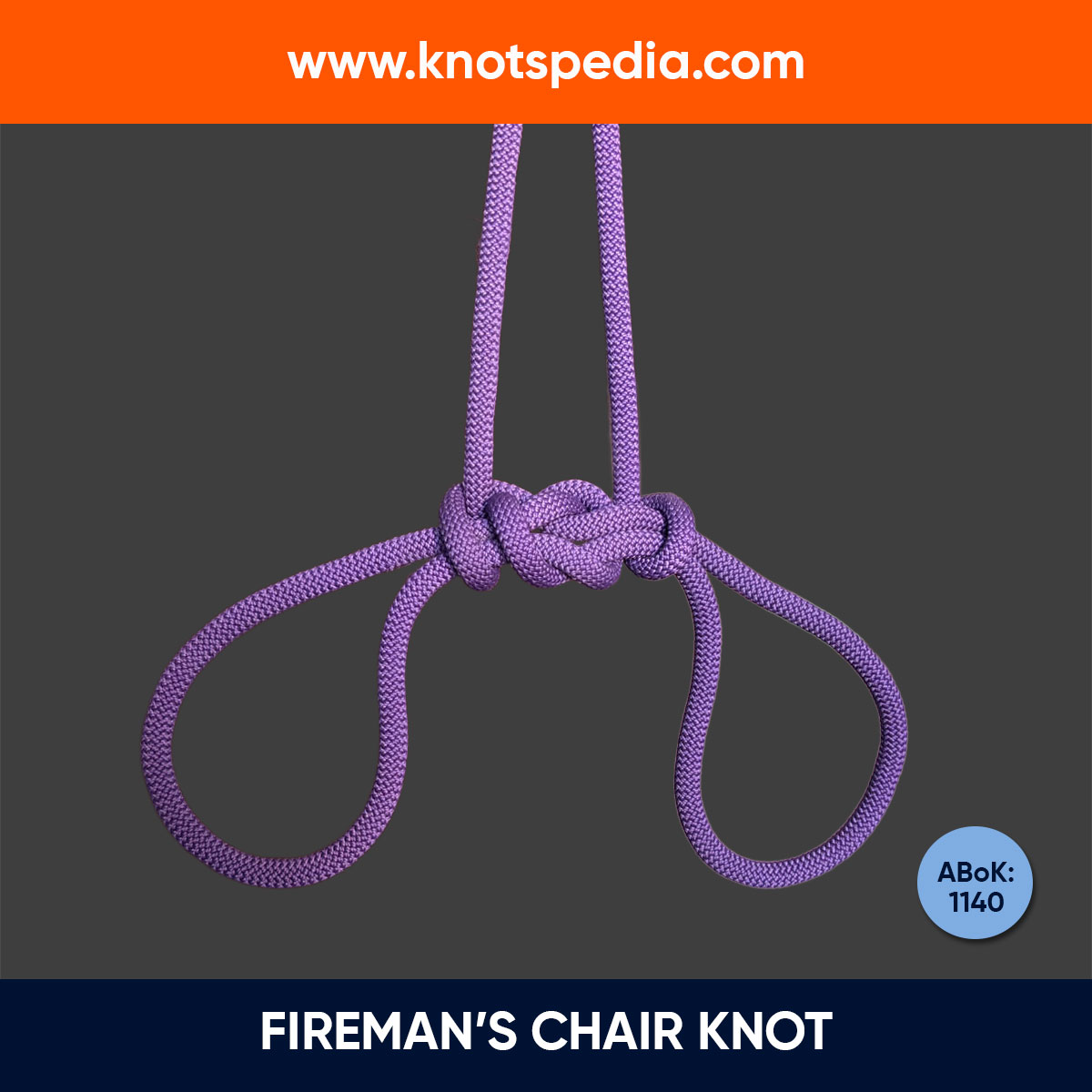The Stevedore knot prevents the rope from passing through an opening like a grommet, a ring or a hole.
In “The Ashley Book of Knots,” it’s described as:
A single-strand stopper knot tied in the end of a rope to prevent unreeving.
Let’s learn this knot in detail.
Stevedore Knot Details
Type: Stopper
Other Names: Double Figure 8 knot
ABoK Reference: #456, #522
How to Tie a Stevedore Stopper Knot
The Stevedore knot is tied similar to a simple Figure Eight knot.
The working end is wrapped an extra turn around the standing part before the tag end is fed through the initial loop.
- Form a bight and cross it over the standing part.
- Pass the working end under the standing part.
- Cross the working end over and under the standing part.
- Slide the knot upwards and feed the working end through the loop.
- Tighten the knot.
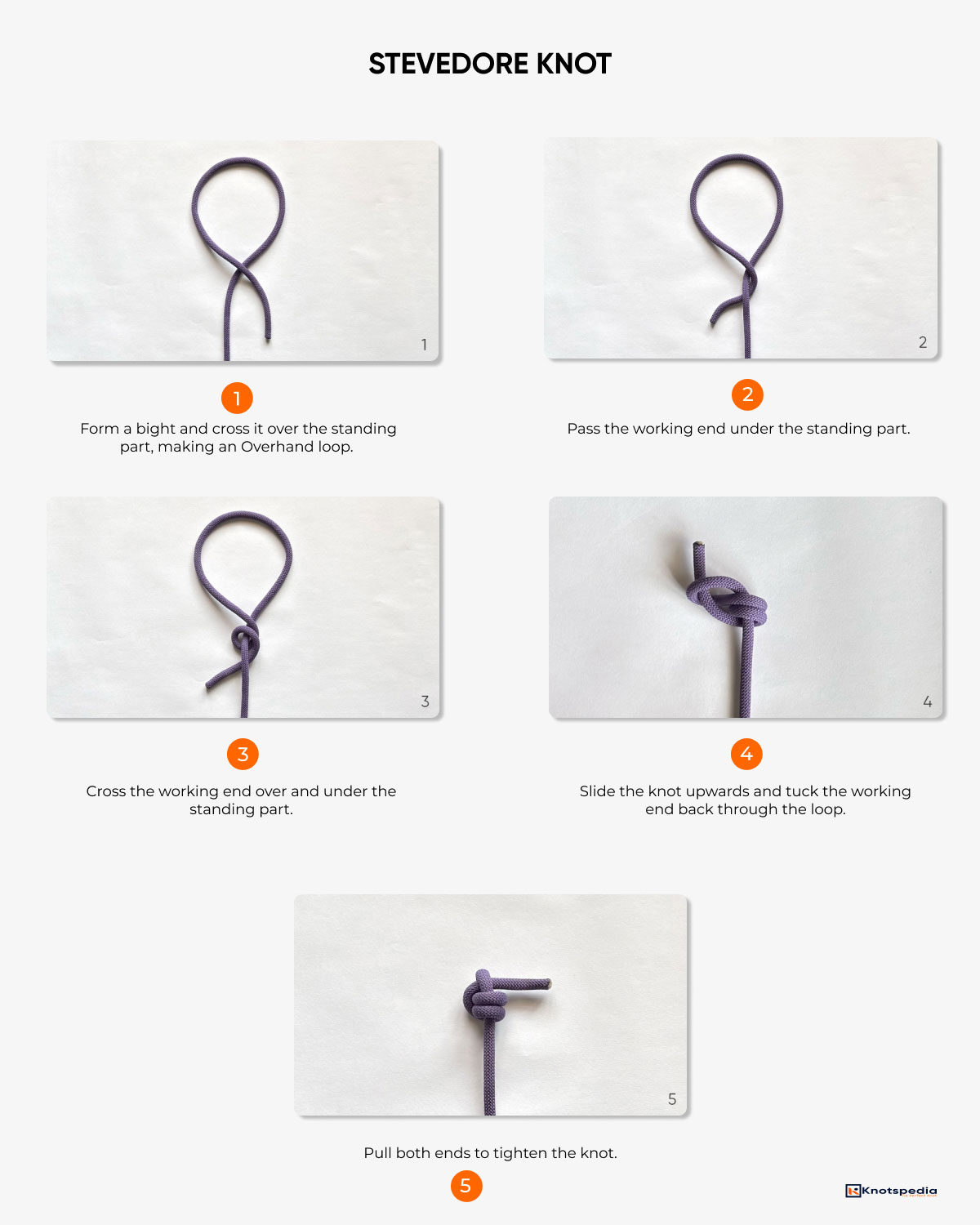
Stevedore Knot History
Let’s talk about the origin of Stevedore knot.
Some say that the name “Stevedore” comes from the stevedores—the workers who used this knot to load and unload cargo from ships.
But there is another idea.
According to the “The Art of Knotting and Splicing” by Cyrus Day, the name might trace back to an 1890 pamphlet. It was put out by the C.W. Hunt Company which sold ropes under that name.
Pros and Cons
The Stevedore knot is an easy to tie knot because it’s the simple extension of Figure 8—and everyone knows how to tie a Figure 8 knot.
It has a medium sized stopper knot which is useful in camping to keep the rope from slipping through the grommets or holes.
It’s easy to untie even after shock loading than the other stoppers like the Figure 8 knot and the Ashley stopper.
The downside of the knot is that it gets loose under dynamic loads.
Applications and Uses
Stevedore knot is used in maritime and cargo handling operations because its secure and easy to tie.
One of its advantages is that it is easy to untie even after being subjected to heavy load.
Traditionally it is when loading and unloading ships. It helps to secure cranes, pulleys to prevent rope used to prevent a cargo fall end from unreeving.
In modern day use, it’s a great knot for setting up tarps. It helps secure the end from slipping through the grommet.
It’s also used as a backup knot for securing other knots like Figure Eight follow through knots.
Other Stopper Knots
Halyard Hitch
The Halyard hitch looks similar to the Stevedore knot.
The only difference is that it’s tied around the shackle to make a hitch knot while Stevedore knot functions as a stopper.
Figure 8 Knot
The Figure 8 knot is the simple stopper knot.
It’s the foundation of the Stevedore knot but has one less turn.
It’s not a secure stopper as it tends to come loose when loaded and is difficult to untie after being through heavy loads.
Double Overhand Stopper Knot
The Double overhand Stopper is more secure under cyclic loads.
It can be a bit difficult to untie after heavy loading.
Ashley Stopper Knot
Ashley Stopper is a bulky stopper knot than the stevedore stopper.
It’s difficult to tie than the stevedore stopper and also harder to untie.
EStar Stopper Knot
The Estar stopper is used with slippery ropes like Dyneema.
It’s a secure stopper—it does not slip through the openings but is difficult to untie after heavy loading.
Share this Article!
